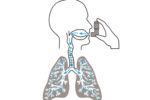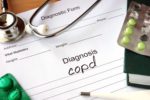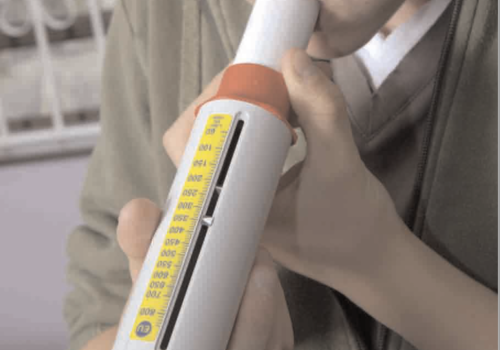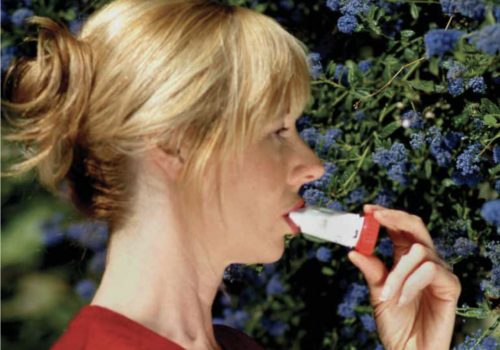Bless you for your support and best wishes for my fifth London Marathon that took place in
late April. My chosen charities this year (Arrhythmia Alliance, www.arrhythmiaalliance.org.uk
and Stars, http://stars.org.uk) are special for me as I have had a pacemaker for ten years. It
was a surprise to be informed that I would have a new box fitted just three weeks before the
Marathon. However those of you who know me would know that would not stop my attempt!
But there are times when even I have to admit defeat! After completing over half the course in
two hours, I decided to let my heart rule my head for once and bail out gracefully before I
collapsed from heat exhaustion! When I was overtaken by a large carrot I knew it was going
to be a real struggle!


























